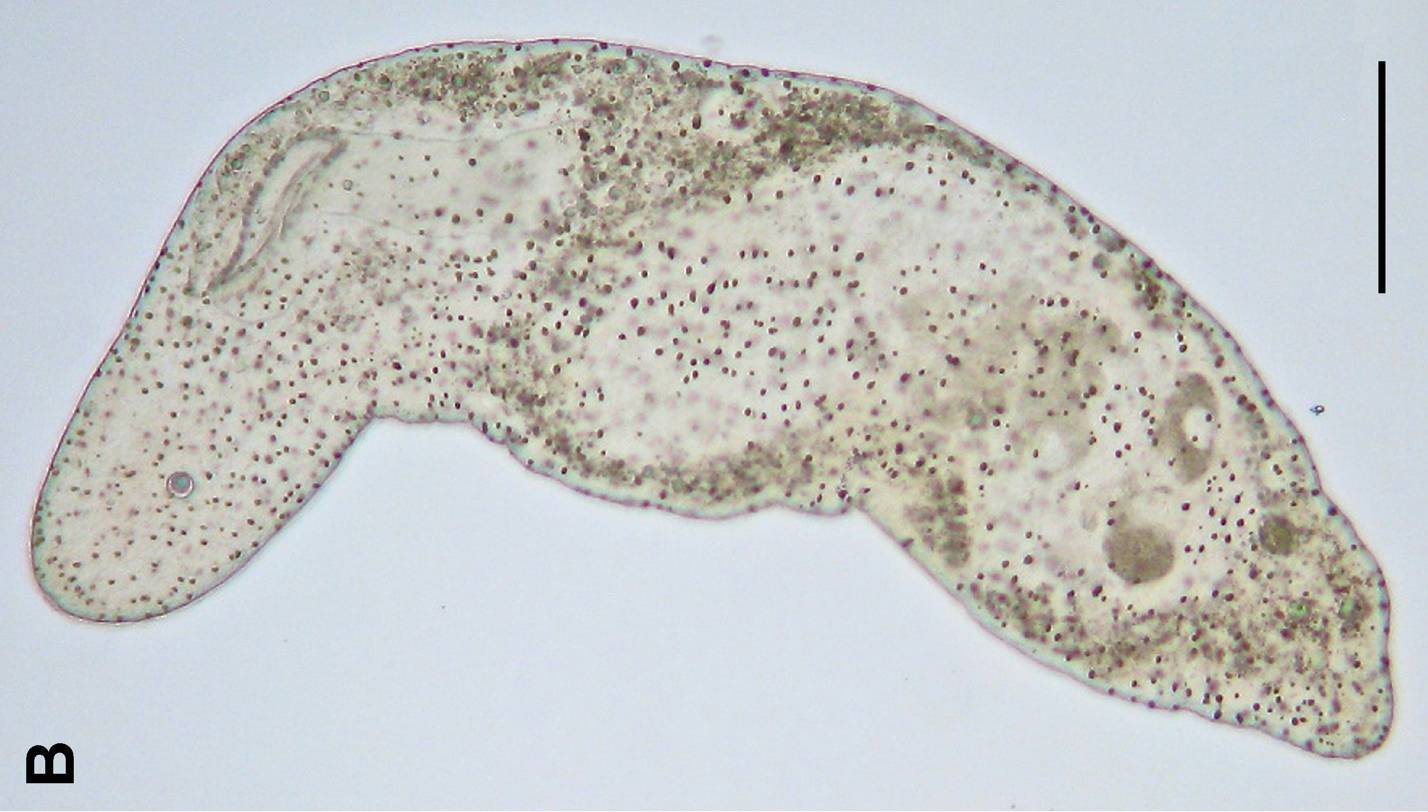|
Stomopneustidae
Stomopneustidae is a family of echinoderms belonging to the order Stomopneustoida. Genera: * '' Parastomechinus'' Philip, 1963 * '' Phymechinus'' Desor, 1856 * '' Phymotaxis'' Lambert & Thiéry, 1914 * '' Promechinus'' Vadet, Nicolleau & Reboul, 2010 * ''Stomopneustes ''Stomopneustes variolaris'', the black sea urchin or long-spined sea urchin, is a species of sea urchin, the only one in its genus ''Stomopneustes'' and only species still alive in its family Stomopneustidae. It is found throughout the tropic ...'' L.Agassiz, 1841 * '' Triadechinus'' H.L.Clark, 1927 References Stomopneustoida Echinoderm families {{echinoidea-stub ... [...More Info...] [...Related Items...] OR: [Wikipedia] [Google] [Baidu] |
Stomopneustes
''Stomopneustes variolaris'', the black sea urchin or long-spined sea urchin, is a species of sea urchin, the only one in its genus ''Stomopneustes'' and only species still alive in its family Stomopneustidae. It is found throughout the tropical Indo-Pacific, with a patchy distribution. Description It is a rather big and strong regular sea urchin. The spines are robust and sharp, black with sometimes a blue-greenish tinge (depending on the light). They can be recognized thanks to the 5 grey sutures on the upper face, exhibiting distinctive zig-zag pattern. The oral face is clearer. The juveniles are clearer too (they can be black but also pale brown), and often show strikingly asymmetrical spines, due to their habit to use them for digging hiding holes in soft rocks. Image:S. variolaris.jpg, The five zig-zag sutures are visible. Image:Oursins.jpg, ''Stomopneustes variolaris'' in Réunion island (along with some ''Echinometra mathaei''). Image:Stomopneustes variolaris pla ... [...More Info...] [...Related Items...] OR: [Wikipedia] [Google] [Baidu] |
Stomopneustoida
Stomopneustoida is an order of echinoderms belonging to the class Echinoidea Sea urchins () are spiny, globular echinoderms in the class Echinoidea. About 950 species of sea urchin live on the seabed of every ocean and inhabit every depth zone from the intertidal seashore down to . The spherical, hard shells (tests) of .... Families: * Glyptocidaridae * Stomechinidae * Stomopneustidae References Echinoidea Echinoderm orders {{echinoidea-stub ... [...More Info...] [...Related Items...] OR: [Wikipedia] [Google] [Baidu] |
Echinoderms
An echinoderm () is any member of the phylum Echinodermata (). The adults are recognisable by their (usually five-point) radial symmetry, and include starfish, brittle stars, sea urchins, sand dollars, and sea cucumbers, as well as the sea lilies or "stone lilies". Adult echinoderms are found on the sea bed at every ocean depth, from the intertidal zone to the abyssal zone. The phylum contains about 7,000 living species, making it the second-largest grouping of deuterostomes, after the chordates. Echinoderms are the largest entirely marine phylum. The first definitive echinoderms appeared near the start of the Cambrian. The echinoderms are important both ecologically and geologically. Ecologically, there are few other groupings so abundant in the biotic desert of the deep sea, as well as shallower oceans. Most echinoderms are able to reproduce asexually and regenerate tissue, organs, and limbs; in some cases, they can undergo complete regeneration from a single lim ... [...More Info...] [...Related Items...] OR: [Wikipedia] [Google] [Baidu] |
